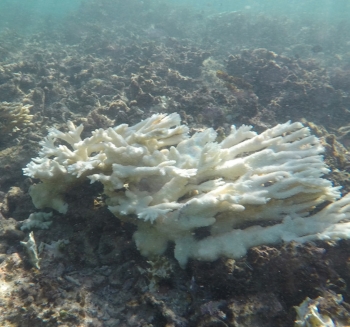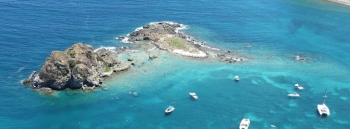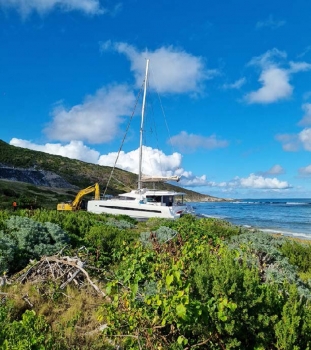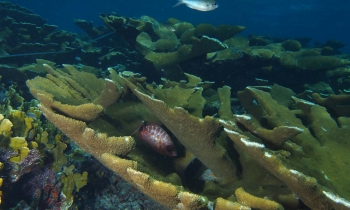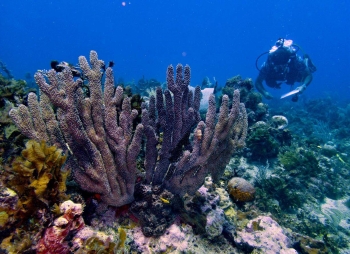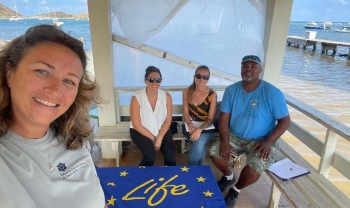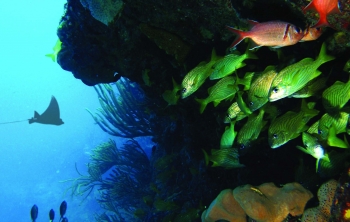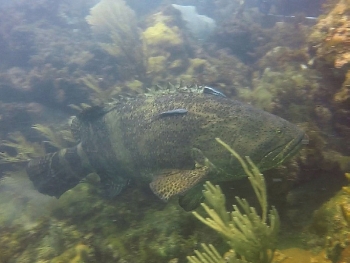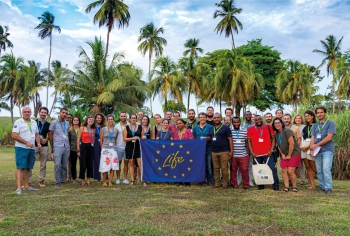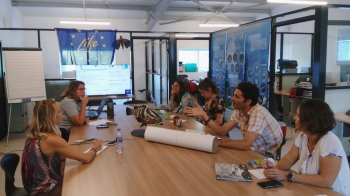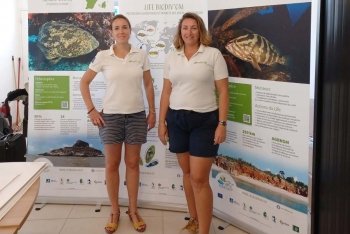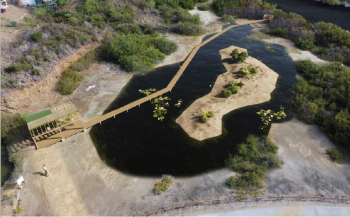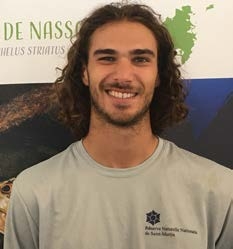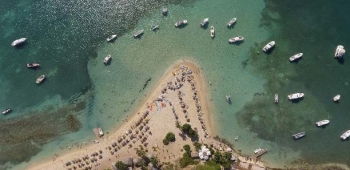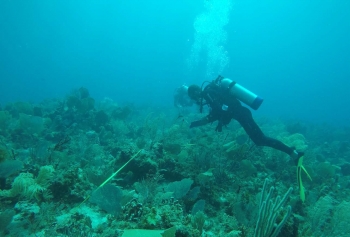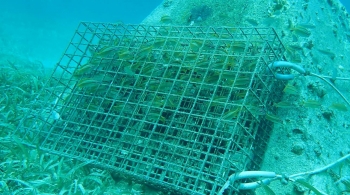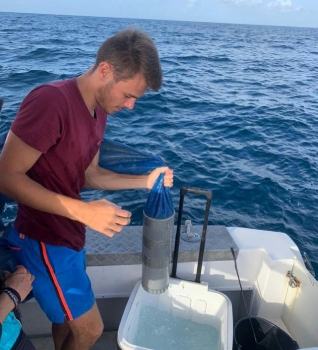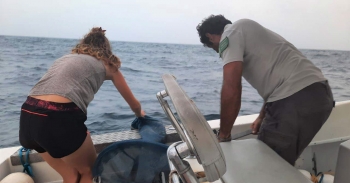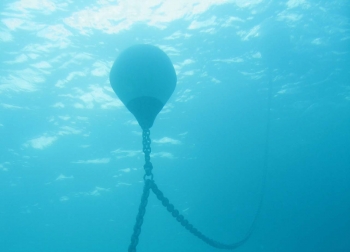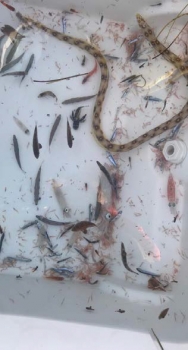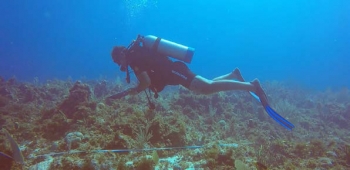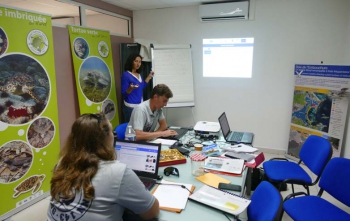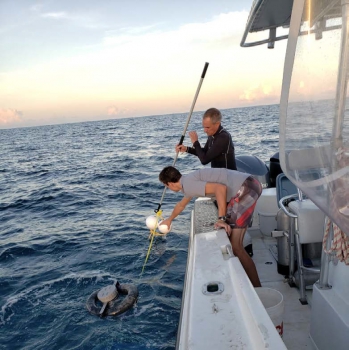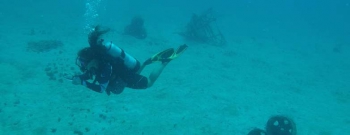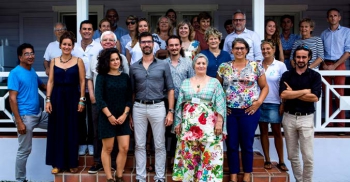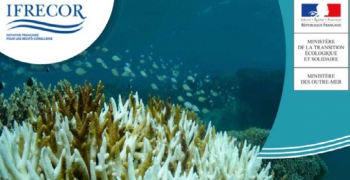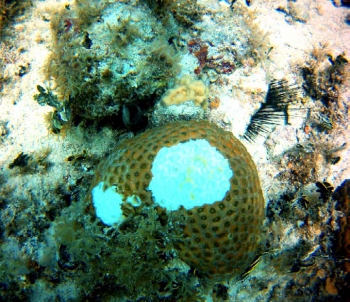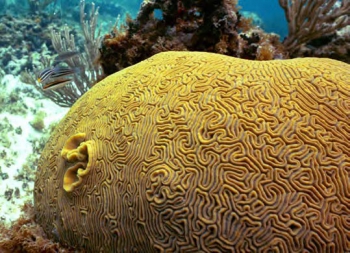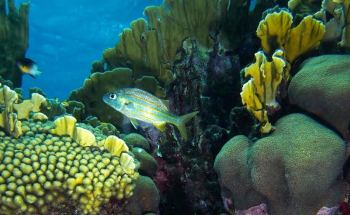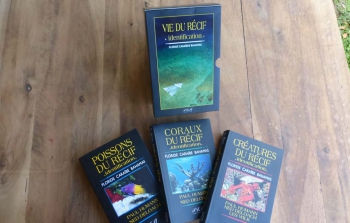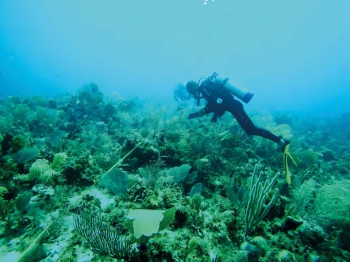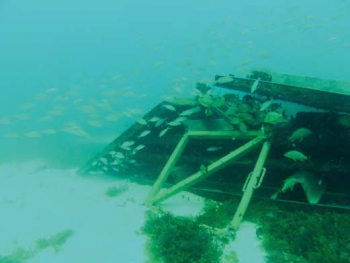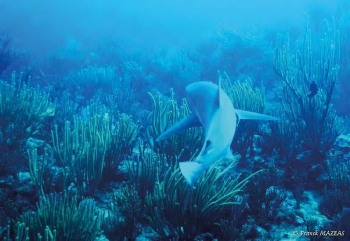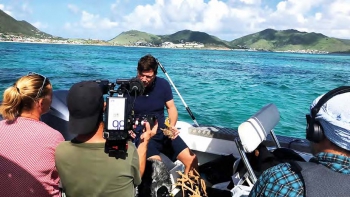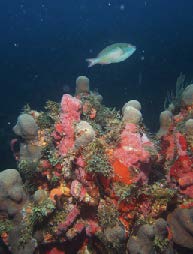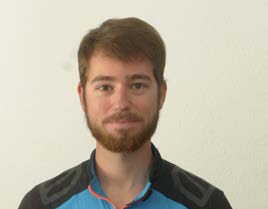Action CS2 – Monitor and assess the health of reef benthic communities
Action MS 39 – Participate in regional, national, and international symposiums
From September 18 to 22, 2023, the French Initiative for Coral Reefs (IFRECOR) orchestrated a meeting in Saint Barthélemy, supported by the Territorial Environmental Agency (ATE). This assembly mobilized representatives of the French Antilles State services and coral environment specialists, with the aim of examining the state of coral reefs, conservation strategies, and scientific advances. The discussions also focused on emerging challenges, such as coral diseases, climate disturbances, and recent episodes of coral bleaching. In August 2023, Martinique and Guadeloupe witnessed a coral bleaching event of a magnitude unmatched since 2005, a phenomenon that extended a few weeks later to Saint Martin and Saint Barthélemy. This bleaching, which occurs when water temperatures exceed 30°C, depends on the intensity and duration of this thermal increase. Thus, the coral reefs of the French Antilles endured a major bleaching episode in 2023. Already tested by an epidemic in 2019-2020 and by a disease affecting diadema sea urchins, essential defenders against invasive macro-algae, corals are now even more vulnerable to environmental stresses. Specifically, the zooxanthellae, symbiotic microalgae and a vital source of energy for corals, become deficient and even toxic under the effect of bleaching. The good news – although no assessment of the real impact of this episode has been conducted – is that sporadic observations within the Saint Martin nature reserve reveal an encouraging rate of recovery of the affected corals, contrasting with the situations observed in Martinique and Guadeloupe. It appears that the brevity of the temperature rise in the waters of the Northern Islands may have moderated the consequences of the phenomenon. This technical workshop of specialists has initiated new collaborations, particularly with an expert algologist. Her expertise will be sought in 2024 to enrich the inventory of marine algae on the seabeds of Saint Martin and Saint Barthélemy. The French Biodiversity Office (OFB) has been approached for funding this mission.

